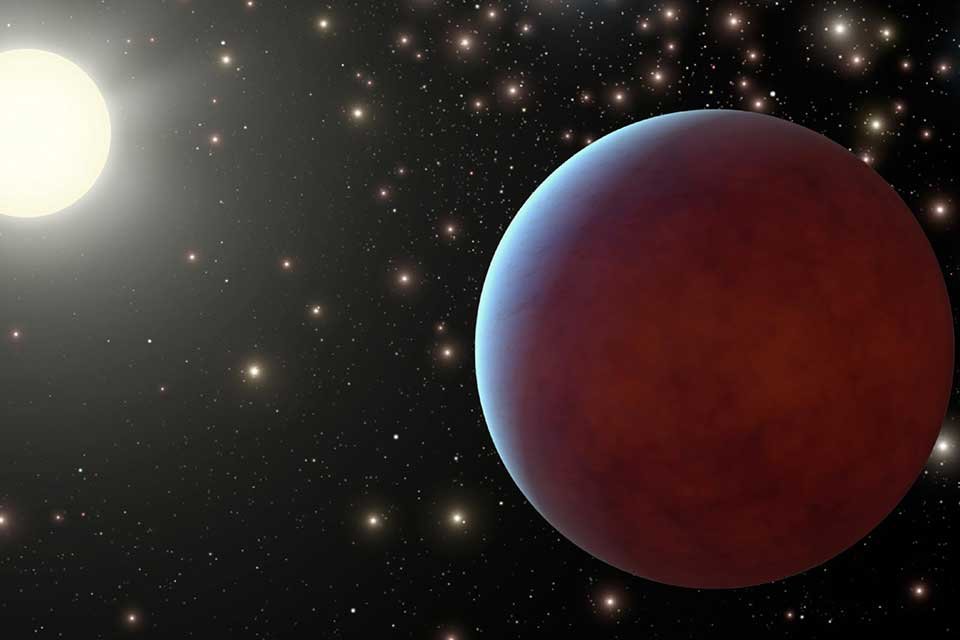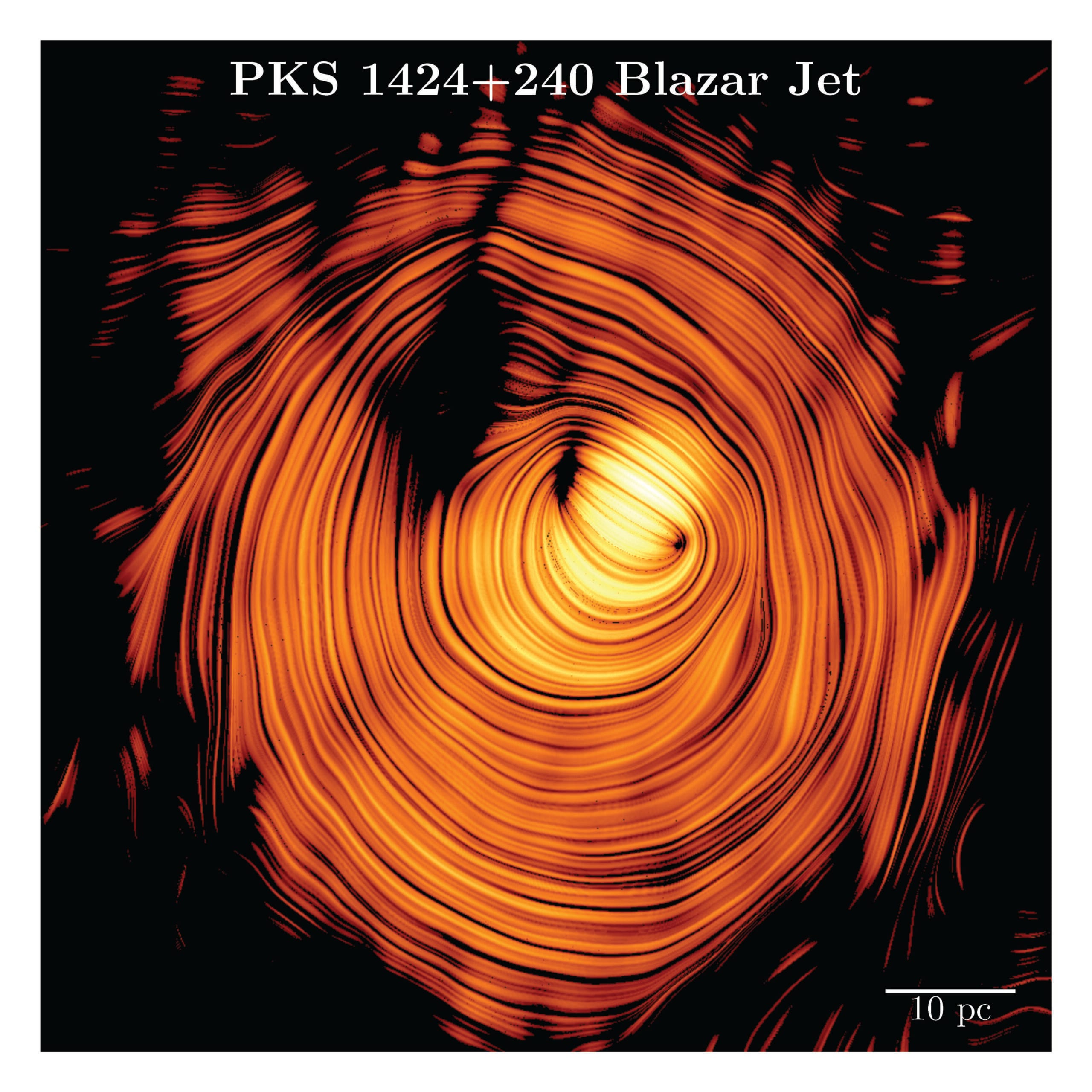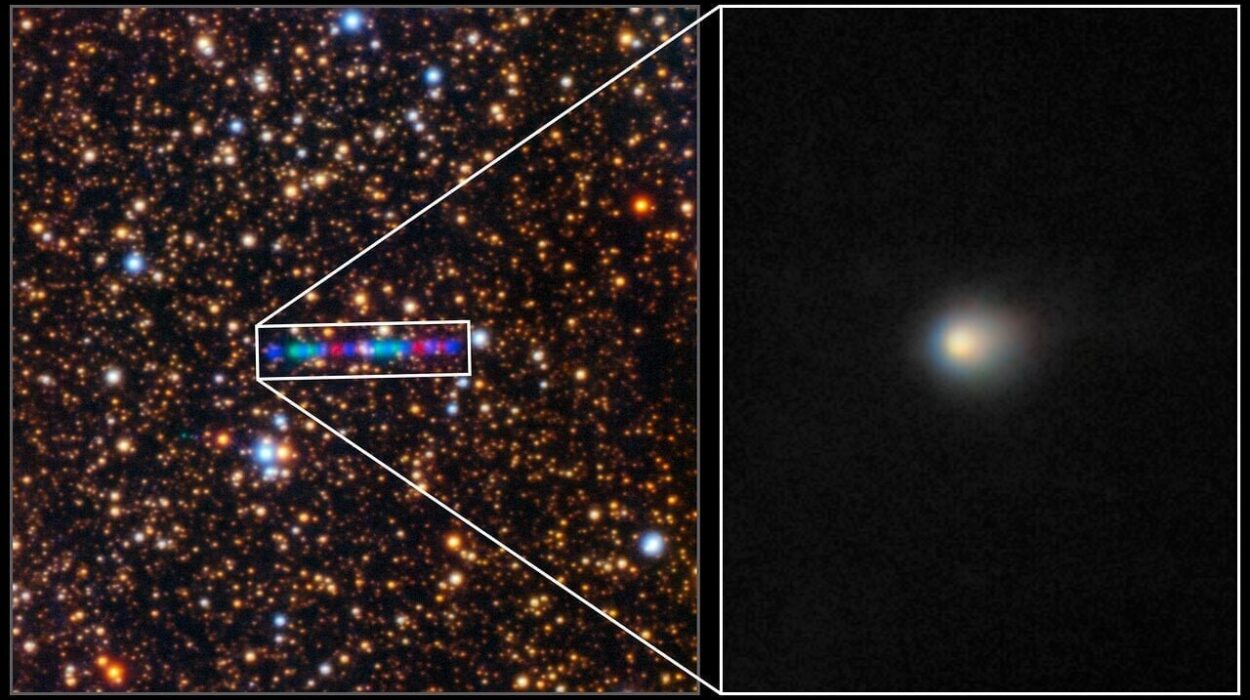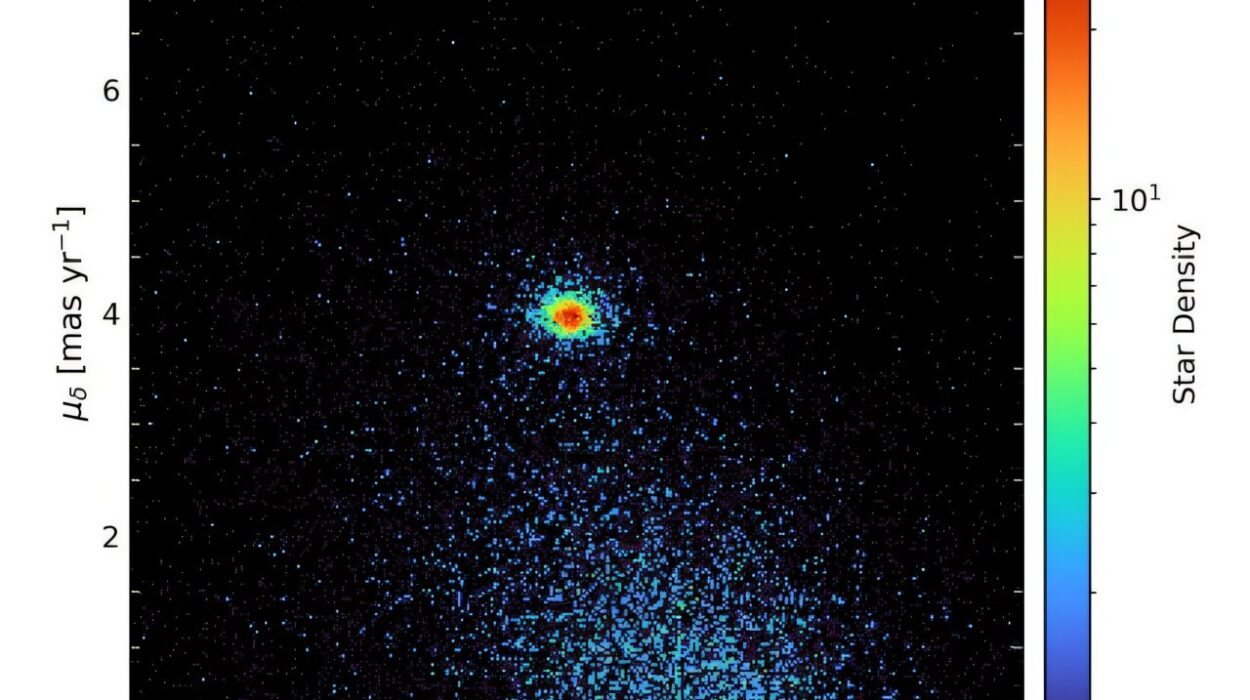In the vast expanse of the universe, planets are discovered in an astonishing variety of forms and characteristics. While some worlds gleam brightly with light, their surfaces illuminated by distant stars, others are cloaked in mystery, appearing as dark and enigmatic spheres that absorb almost all the light that falls upon them. These are the darkest planets, celestial bodies that have captivated the imaginations of astronomers and science enthusiasts alike. They present not just an enigma but an opportunity to learn more about the forces that govern the universe and the many strange and wonderful phenomena that exist within it.
This exploration of dark, light-absorbing worlds reveals a fascinating blend of scientific discovery and cosmic wonder. These planets do not simply reflect the light of their parent stars; instead, they consume it, their surfaces absorbing most of the radiation that strikes them. This characteristic gives them an almost uncanny resemblance to the voids of space itself—deep, impenetrable, and starkly different from the glowing, shimmering worlds we often associate with planets. But how do these worlds come to exist, and why do they absorb so much light? What can they teach us about planetary formation, atmospheric composition, and the interaction of matter and energy in extreme environments?
What Are Light-Absorbing Planets?
The term “light-absorbing planets” may sound strange, especially when we’re accustomed to thinking about planets as objects that reflect light. After all, the planets we know within our solar system, including Earth, Venus, and Mars, all reflect sunlight off their surfaces. This reflection is what allows us to see them in the night sky. However, when we talk about light-absorbing planets, we’re describing worlds that have properties that prevent most of the light from bouncing back into space. Instead, the radiation is absorbed by the planet’s atmosphere or surface, making them incredibly dark.
Light-absorbing planets can be identified by their albedo, a measure of how much sunlight a planet reflects. Albedo is an important concept in planetary science. A high albedo means the planet reflects most of the incoming light, while a low albedo indicates that very little light is reflected, meaning the planet absorbs much of the incoming energy. Planets with low albedos are often much darker than those with high albedos, and this property is one of the key indicators used to classify them as light-absorbing worlds.
While many of the planets in our own solar system are relatively bright, thanks to their reflective surfaces or atmospheres, some exoplanets—planets that orbit stars outside our solar system—are found to have extremely low albedos. These exoplanets, which can be hundreds or even thousands of light-years away, are among the darkest objects astronomers study. Their dark, nearly black appearance makes them stand out as both scientifically intriguing and visually striking.
The Science Behind the Darkness
Understanding the science behind the darkness of these planets involves examining their atmospheric compositions, surface materials, and the types of stars they orbit. The darkness of a planet can be linked to a variety of factors, each contributing in different ways to its low albedo.
1. Atmospheric Composition and Clouds
One of the main factors contributing to the darkness of a planet is its atmosphere. A planet’s atmosphere plays a crucial role in determining how much light reaches its surface. If the atmosphere is thick with clouds or particles that scatter light, it may absorb much of the incoming radiation rather than reflecting it. For example, Venus has an extremely dense atmosphere made of carbon dioxide and sulfuric acid clouds, which trap sunlight and prevent it from reflecting back into space. The result is a planet that, from space, appears relatively dark and featureless, despite being bathed in sunlight.
Some light-absorbing exoplanets exhibit similar properties, with atmospheres rich in methane, carbon dioxide, or other gases that trap light and prevent it from escaping. These planets might also have dark, soot-like particles in their atmospheres, further absorbing light rather than scattering it. This phenomenon is observed in several exoplanets that scientists refer to as “super-Earths,” which are often characterized by their thick, cloud-covered atmospheres.
2. Surface Characteristics and Composition
Another key factor is the surface composition of the planet itself. Planets that are rich in dark materials such as basalt, iron, or other minerals that absorb light will appear much darker than those with surfaces composed of lighter, reflective materials. For instance, the planet TrES-2b, an exoplanet located around 750 light-years away, is known for being one of the darkest planets ever discovered. Its surface is thought to be covered in a thick layer of dark, mineral-rich clouds that absorb nearly all the light that hits it. As a result, less than 1% of the incoming starlight is reflected, giving it a dark, almost black appearance.
In addition to mineral composition, the temperature of the planet can also influence its ability to absorb light. Hotter planets often have atmospheres and surfaces that emit more infrared radiation, which might contribute to their overall lack of reflectivity. These planets, with their high temperatures and dark surfaces, form a class of celestial bodies that challenge our understanding of planetary habitability and the extremes of planetary science.
3. Proximity to Its Star
The amount of light a planet receives from its star also plays a significant role in its ability to absorb light. Planets that orbit very close to their stars are often subjected to extreme heat and radiation, which can lead to a variety of atmospheric phenomena. Some planets, especially those in the “hot Jupiter” category, are gas giants that orbit extremely close to their parent stars. These planets can reach temperatures so high that their atmospheres expand and become highly reflective or, in some cases, can become dark and almost opaque due to the intense heat and constant radiation.
When a planet orbits its star too closely, the effects of tidal forces can also affect its atmosphere, leading to a distorted shape or severe weather patterns. The extreme conditions on these planets can also contribute to their absorption of light. The relationship between a planet’s proximity to its star and its albedo is complex, but it’s clear that planets that are closer to their stars often exhibit extreme temperatures, unusual weather patterns, and dark, absorbing surfaces.
TrES-2b: The Darkest Known Exoplanet
One of the most famous examples of a light-absorbing planet is TrES-2b, an exoplanet located about 750 light-years away in the constellation of Lyra. TrES-2b, also known as “The Dark Planet,” is often cited as one of the darkest planets ever discovered. This gas giant is in a tight orbit around its parent star, which means it receives an enormous amount of radiation. However, despite being bathed in light, it absorbs more than 99% of the radiation that strikes its surface, reflecting back almost nothing.
TrES-2b’s extreme darkness is thought to be due to its atmosphere, which contains large amounts of light-absorbing chemicals such as sodium and potassium. In addition, scientists believe the planet’s clouds may be composed of dark, soot-like particles that prevent light from escaping. The resulting effect is a planet that, from a distance, is almost entirely black, an eerie and fascinating spectacle for astronomers.
What makes TrES-2b even more interesting is its classification as a “hot Jupiter”—a type of planet that is large, gas-rich, and orbits very close to its star. These planets are often known for their high temperatures, and TrES-2b is no exception, with surface temperatures reaching more than 1,200 degrees Celsius (2,192 degrees Fahrenheit). Despite the intense heat and radiation, TrES-2b remains almost completely dark, a testament to the complex interplay of factors that influence a planet’s albedo and appearance.
Other Notable Dark Planets
While TrES-2b is perhaps the most well-known example of a dark planet, it is far from the only one. Numerous other exoplanets have been identified that exhibit similar characteristics, displaying low albedos and absorbing most of the light that strikes them. For example, Kepler-13b, a planet located in the constellation of Lyra, is another example of a light-absorbing world. This planet is an enormous gas giant with a highly reflective atmosphere, but its low albedo and dark appearance are due to the presence of complex chemical compounds and an atmosphere that absorbs much of the starlight.
Another example is Kepler-7b, a planet that, like TrES-2b, has a highly unusual atmosphere that causes it to absorb almost all of the light it receives. Its low reflectivity makes it one of the darkest exoplanets discovered by the Kepler mission, and scientists have hypothesized that the planet’s thick clouds and unusual chemical composition contribute to this phenomenon.
These dark exoplanets represent a small but growing class of worlds that are challenging our previous notions of how planets should behave. Their ability to absorb almost all the light that falls upon them has led to new investigations into the role of planetary atmospheres, surface compositions, and the environmental conditions that contribute to their striking darkness.
What We Can Learn from Light-Absorbing Worlds
The study of light-absorbing planets offers valuable insights into planetary science, astronomy, and even the possibility of life on other worlds. These planets are extreme cases of planetary environments, and their properties push the boundaries of our understanding of what planets can be like.
- Atmospheric Chemistry: The dark planets are prime examples of how atmospheric chemistry can influence a planet’s appearance. By studying the chemical compositions of their atmospheres, astronomers can learn more about the behavior of gases like sodium, potassium, and methane in extreme environments.
- Planetary Formation: Understanding the conditions that lead to the formation of dark, light-absorbing planets can provide insight into the processes that shape planets in distant star systems. For example, the presence of certain gases or particles in a planet’s atmosphere could indicate the presence of unique planetary formation processes.
- Climate and Habitability: The extreme temperatures and atmospheric conditions of these planets challenge our assumptions about habitability. Studying them can help scientists learn more about the limits of planetary climates and how different factors contribute to the habitability of a world.
Conclusion
The exploration of dark, light-absorbing planets is one of the most fascinating areas of modern astronomy. These worlds, with their eerie, almost void-like appearances, provide a window into the extremes of planetary science, offering new perspectives on how planets form, evolve, and interact with their parent stars. While they remain some of the most enigmatic objects in the universe, their study continues to expand our understanding of the diverse and dynamic nature of planets, and perhaps even hint at the kinds of alien worlds that might exist beyond the reaches of our current technology.
As we continue to push the boundaries of space exploration, who knows what further secrets these dark planets might reveal. Their mystery is a testament to the endless wonders of the cosmos, waiting to be uncovered by those willing to seek the truth hidden in the shadows.






